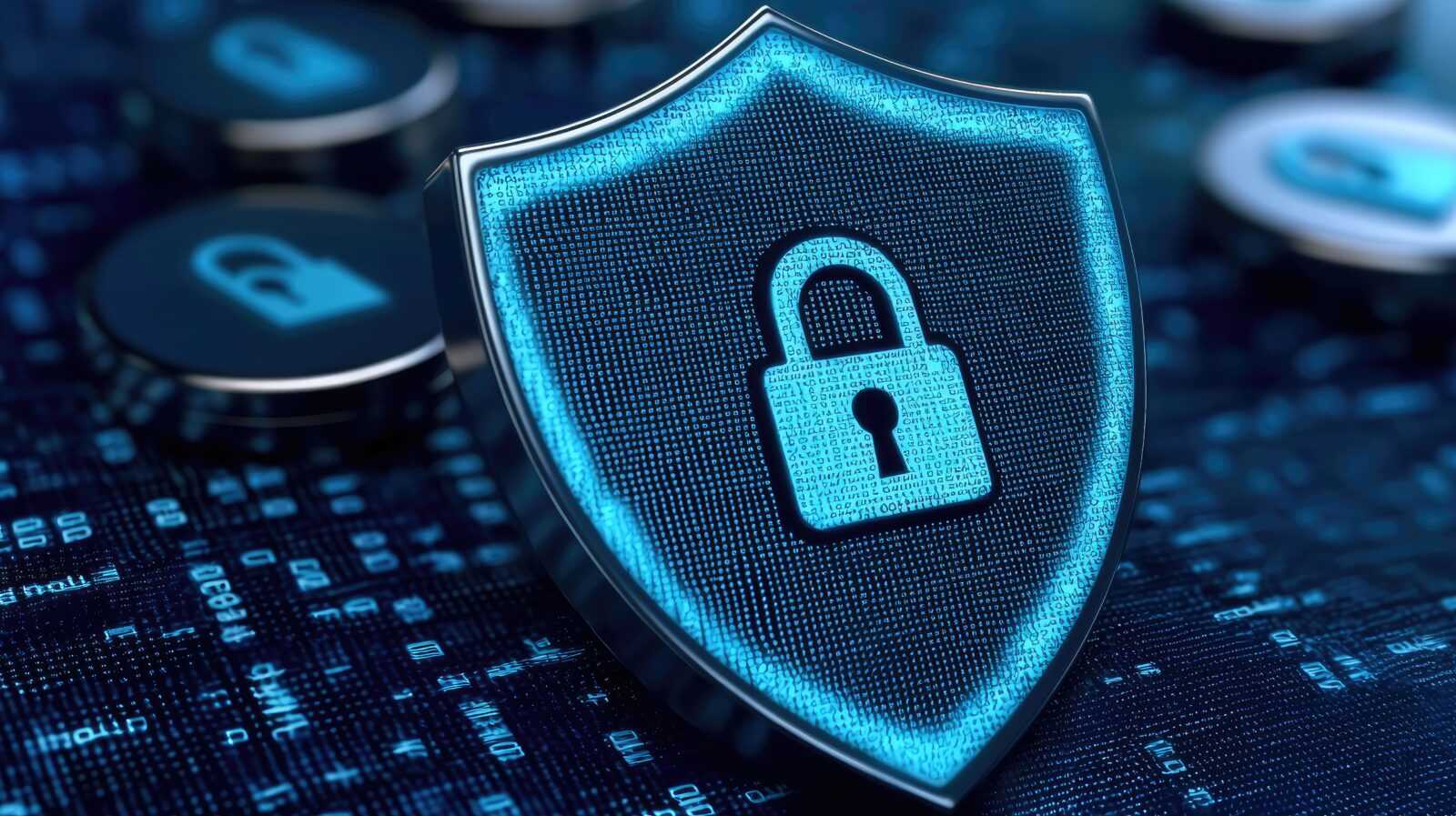Whether you’re a business owner, employee, information technology (IT) practitioner, or just someone who uses the internet, managing cyber risks should be a top priority. But where do you start?
Below are essential dos and don’ts of cybersecurity risk management in a way that’s easy to understand and act on. Follow these best practices to protect yourself and your organization from ever-evolving data breaches and threats.
Cybersecurity Risk Management Dos
Cyber risk management is possible with the following tips:
Do Keep Your Software Updated
Outdated software can be exploited by cybercriminals. Carry out risk mitigation by enabling automatic updates whenever possible.
If you’re managing a business, enforce patch management policies. Regularly check for updates on all devices—laptops, mobile phones, IT systems, and even IoT (Internet of Things) devices like smart cameras.
If you don’t have time on your hands to deal with regular updates or don’t know how to do it, you can work with professionals. They offer a multitude of outsourced IT support services: from managing software updates to providing invaluable advice on cyber risk governance. Check them out to see if they’re a perfect fit.
Do Regularly Audit Your Security Measures
Cyber threats evolve constantly. What worked last year might not be enough today.
Include annual audits of your systems in your overall cybersecurity strategy. They help identify vulnerabilities, update policies, as well as ensure compliance with regulations.
Hire third-party experts if possible—they’ll be able to do a cybersecurity risk assessment on your systems and find weaknesses before hackers do.
Do Enable Multi-Factor Authentication (MFA)
Even the strongest password can be compromised. Multi-factor authentication (MFA) adds an extra layer of security by requiring a second form of verification—like a fingerprint, SMS code, or authentication app. Turn on MFA for email, banking, social media, and work accounts.
Do Train Personnel on Cybersecurity Awareness
Regular training helps teams recognize threats like phishing, social engineering, and ransomware. Hold quarterly security workshops, run simulated phishing tests, and create a culture where your staff feel comfortable reporting suspicious activity, operational risks, and the like.
Remember: a well-informed team is your first line of defense.
Do Monitor Network Activity
Unusual network traffic could signal a breach. Use intrusion detection systems (IDS) and security information and event management (SIEM) tools to monitor for anomalies.
Set up alerts for the following: unauthorized login attempts, large data transfers, strange device connections, and so on.
The sooner you detect an attack, the faster you can contain it.
Do Have an Incident Response Plan (IRP)
Even with strong defenses, breaches can happen. An IRP ensures you react quickly and effectively.
Your IRP should include:
- Steps to contain the breach;
- Who to notify;
- How to recover data and systems; along with
- Post-incident review to prevent future attacks.
Always be prepared for any eventuality.

Cyber Risk Management Don’ts
Beef up your cybersecurity framework with the following cyber risk management dont’s:
Do not Use Weak or Repeated Passwords
Weak passwords are like leaving your front door unlocked. Always create strong, unique passwords for every account. A good rule? Use a mix of uppercase letters, numbers, and special characters.
Better yet, use a password manager to generate and store complex passwords securely. And never reuse passwords—if one account gets breached, hackers will try the same credentials elsewhere.
Do not Click on Suspicious Links or Attachments
Phishing scams are getting smarter these days. Hackers impersonate trusted brands, colleagues, or even government agencies to trick you into clicking malicious links.
Before opening an email or attachment:
- Check the sender’s email address; look for misspellings and so on.
- Hover over links to see the real URL.
- Be wary of urgent or too-good-to-be-true messages.
When in doubt, verify through a separate communication channel (like a phone call).
Do not Ignore Data Backups
Ransomware attacks can encrypt your files and demand payment for their release. Without backups, you’re at the mercy of cybercriminals.
Follow the 3-2-1 backup rule in your information risk management efforts. Have three copies of your data handy, use two different storage types (cloud and an external drive), and an offsite backup (in case of physical disasters).
Lastly, test your backups regularly to ensure they actually work when needed.
Do not Use Public Wi-Fi without a Virtual Private Network (VPN)
Public Wi-Fi networksin coffee shops, airports, and hotels aren’t secure. Hackers can use them to intercept your data, steal passwords, or even inject malware into your device.
If you must use public Wi-Fi, always connect through a VPN. A VPN encrypts your internet traffic to keep your data private.
Do not Store Sensitive Data Unencrypted
If hackers steal unencrypted files, they can read them immediately. Encrypt sensitive data—both at rest (stored) and in transit (being sent).
Use the following tools for data protection: full-disk encryption, end-to-end encrypted messaging, and others.
Do not Disregard Physical Security
Cybersecurity isn’t just digital. A stolen laptop or an unlocked server room can lead to a breach.
Secure physical access by doing the following: using keycards or biometric locks for sensitive areas, enforcing clean desk policies, along with shredding sensitive documents before disposal.
Uphold security at all fronts.
Final Words
Cybersecurity risk management isn’t a one-time task—it’s an ongoing process. By following these dos and don’ts, you’ll significantly reduce your exposure to threats.
Remember: the cost of prevention is always lower than the cost of a breach. Stay vigilant, educate your team, and keep adapting to new risks. Your data (and peace of mind) are worth it.

